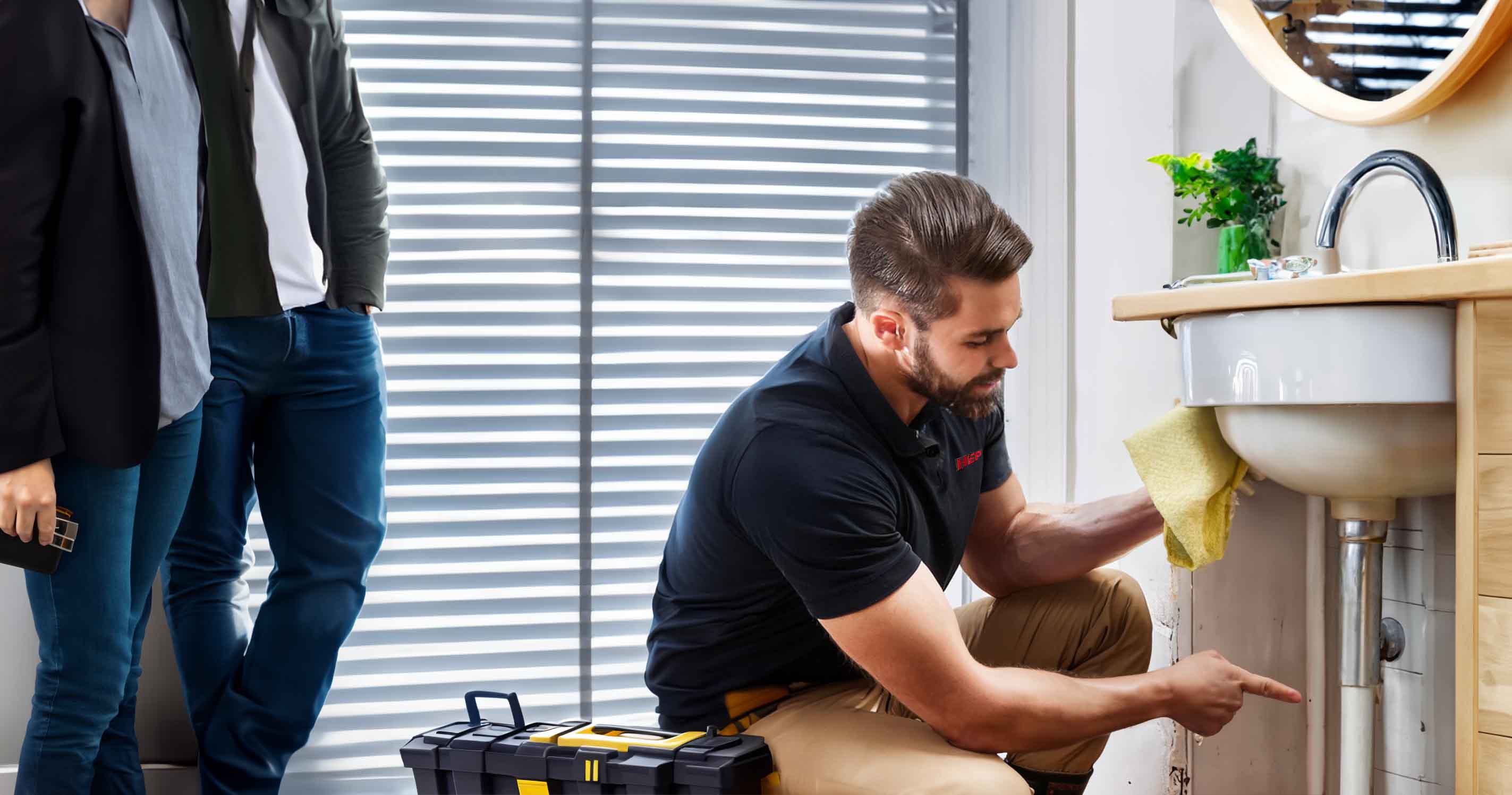

Water Quality
Your trusted partner for professional home services. Quality workmanship, guaranteed satisfaction.




- HEP
- Water Quality
Water Quality | Water Purification | Plumbing | Oakdale
In Oakdale, crystal-clear drinking water starts long before it reaches your glass. HEP’s water quality plumbing specialists design and install advanced water purification solutions that strip away sediment, chlorine, heavy metals, and lingering odors, leaving every faucet in your home tasting like a mountain spring. From point-of-entry filtration to sleek reverse-osmosis taps, we tailor systems to the unique mineral profile of Oakdale’s supply, ensuring healthier water for cooking, bathing, and everything in between.
Our licensed plumbers handle the entire process—testing, equipment selection, professional installation, and ongoing maintenance—so you never have to second-guess what’s flowing through your pipes. Enjoy lower appliance wear, softer laundry, and the peace of mind that only truly pure water provides, all backed by HEP’s transparent pricing and 24/7 local support. Discover how effortless exceptional water can be with a free in-home consultation today.
FAQs
Why is it important to test my water quality in Oakdale?
While Oakdale’s municipal supply meets state safety standards, local conditions—such as aging pipes, agricultural runoff, or private well usage—can introduce additional contaminants after the water leaves the treatment plant. A professional water test pinpoints issues like hard-water minerals, chlorine by-products, nitrates, iron, and bacteria. Knowing exactly what is in your water lets you choose the most effective purification solution, protect plumbing fixtures, and safeguard your family’s health.
What contaminants are most commonly found in Oakdale tap or well water?
Customers in the Oakdale area most frequently encounter hard-water minerals (calcium and magnesium), elevated chlorine or chloramine levels, sediment, iron staining, sulfur odors, and, in rural wells, nitrates or coliform bacteria. These substances can cause scale buildup, unpleasant taste or smell, staining of fixtures and laundry, and potential health concerns. A comprehensive water analysis will confirm which specific contaminants are present in your home.
How does a whole-house water filtration system work and what does it remove?
A whole-house (point-of-entry) system is installed where water first enters your home. As water passes through one or more media tanks, specialized filter media capture sediment, reduce chlorine/chloramine, adsorb organic chemicals, and neutralize odors before the water reaches any faucet or appliance. Optional upgrades—such as water softening resin or catalytic carbon—can target hard-water scale, iron, and sulfur. The result is cleaner water for bathing, laundry, and plumbing fixtures throughout the house.
What are the advantages of adding a reverse osmosis (RO) drinking water unit under the kitchen sink?
An RO system pushes water through a semi-permeable membrane that blocks up to 99% of dissolved solids, heavy metals, pesticides, and micro-organisms. This produces crisp-tasting, low-TDS water ideal for drinking, coffee, tea, ice, and baby formula. It reduces the need for bottled water, saves money over time, and decreases plastic waste. Many units include a remineralization stage to restore healthy minerals and balance pH.
How much maintenance do filtration and RO systems require?
Most whole-house filters use replaceable cartridges or media that last 6–12 months, depending on water usage and contaminant load; some advanced carbon or softening tanks last 3–5 years before re-bedding. Reverse osmosis systems have pre-filters that typically need annual replacement, while the RO membrane lasts 2–3 years. Our Oakdale technicians offer scheduled maintenance plans, remind you when service is due, and dispose of used cartridges responsibly.
Do I need a professional plumber to install water purification equipment?
Professional installation ensures the system is sized correctly for your home’s flow rate, plumbed to code, and set up for easy future servicing. Our Oakdale plumbing team handles permitting, installs bypass valves and pressure regulators, disinfects lines, and verifies performance with post-installation testing. Proper installation not only protects your warranty but also guarantees you receive the full performance and lifespan the equipment is designed to deliver.